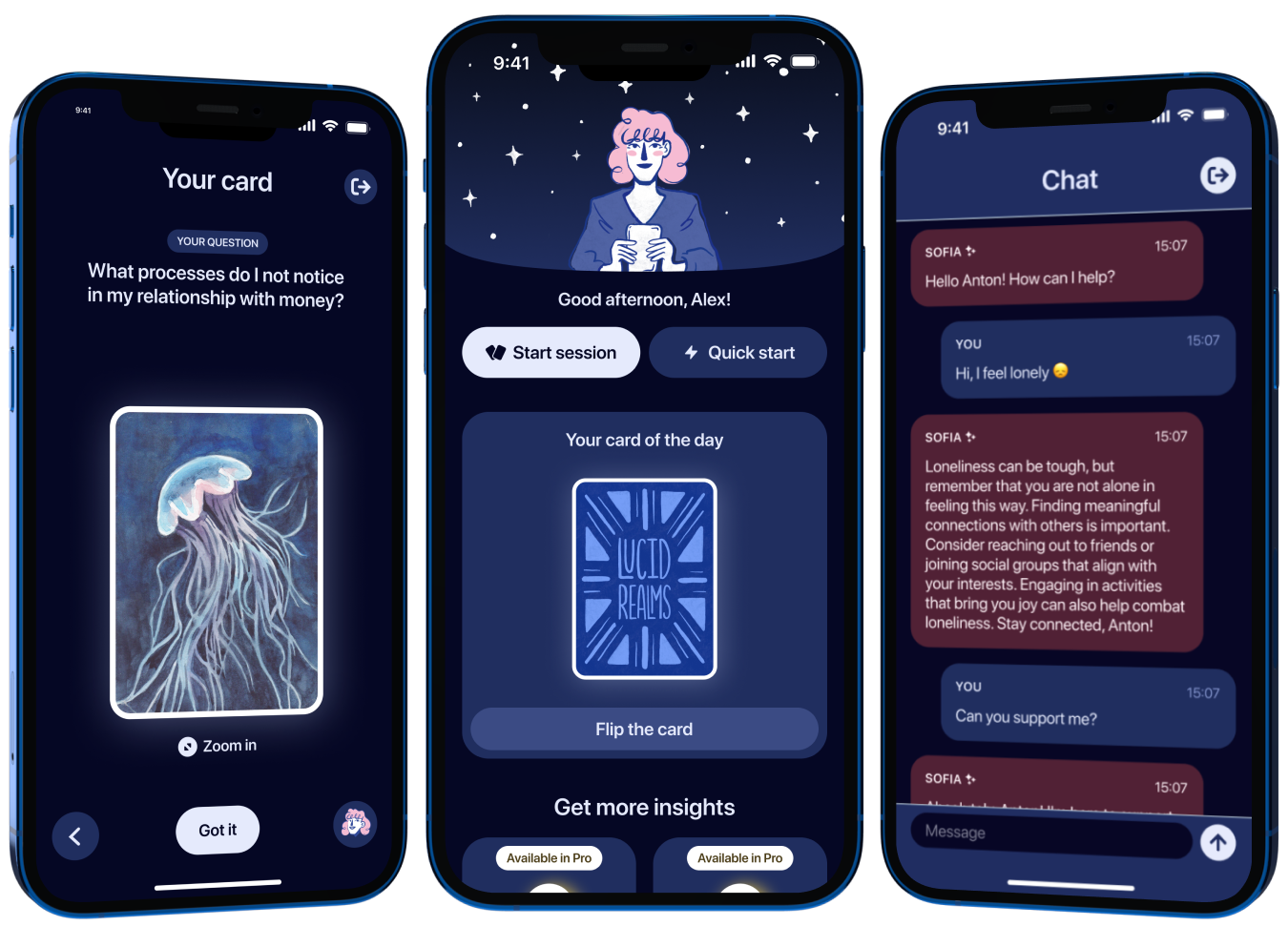We use cookies to give you a tasty experience!
Cookie Settings
We use cookies and data to:
Deliver an excellent service
Track outages and issues
Protect against spam, fraud and abuse
Measure site statistics to enhance the quality of our services
By continuing to browse our site, you’re agreeing to our use of cookies.
Deliver an excellent service
Track outages and issues
Protect against spam, fraud and abuse
Measure site statistics to enhance the quality of our services
By continuing to browse our site, you’re agreeing to our use of cookies.
An Introduction to Cognitive Behavioral Therapy
Cognitive behavioral therapy (CBT) is a popular and effective form of psychotherapy. It focuses on identifying and changing negative or unrealistic thinking patterns that lead to problematic behaviors and emotions. The goal of CBT is to teach clients that while they cannot control every aspect of the world around them, they can take control of how they interpret and deal with things.
What is CBT?
CBT is based on the idea that thoughts, feelings, and behaviors are all connected. Our thoughts influence our feelings and behaviors, and vice versa. For example, a person who thinks "I'm worthless" may end up feeling depressed and acting shy or withdrawn. The purpose of CBT is to uncover unhealthy patterns of thinking and reframe them in a more positive, realistic way.
Core Principles of CBT:
The CBT Process:
CBT is time-limited, usually lasting 10-20 sessions. It focuses on the present and is goal-oriented. A typical CBT session proceeds as follows:
Some Common Techniques:
CBT incorporates a wide range of techniques. Some commonly used methods include:
CBT has proven effective for many conditions, including depression, anxiety, phobias, and eating disorders. It provides clients with practical tools to manage emotions, thoughts, and behaviors. With practice of CBT techniques, clients can experience long-lasting benefits.
What is CBT?
CBT is based on the idea that thoughts, feelings, and behaviors are all connected. Our thoughts influence our feelings and behaviors, and vice versa. For example, a person who thinks "I'm worthless" may end up feeling depressed and acting shy or withdrawn. The purpose of CBT is to uncover unhealthy patterns of thinking and reframe them in a more positive, realistic way.
Core Principles of CBT:
- Our thoughts, not external factors, determine how we feel and act. CBT aims to change thought patterns.
- Many psychological issues are perpetuated by distorted thinking. Identifying and modifying irrational thoughts can lead to better coping.
- Through CBT, clients can learn to detach from negative thoughts and gain objectivity. The goal is to examine evidence that contradicts irrational beliefs.
- Homework assignments are a key part of CBT. Clients practice new thinking and behaving between sessions.
The CBT Process:
CBT is time-limited, usually lasting 10-20 sessions. It focuses on the present and is goal-oriented. A typical CBT session proceeds as follows:
- Check-in: Review progress on homework and recent applications of CBT principles. Set agenda for the session.
- Bridge: Therapist summarizes previous session and links it to today's topics.
- New material: Therapist introduces new CBT concepts and helps client understand how they apply.
- Practice: Client practices new skills during the session through role play, scenarios, etc.
- Homework: Therapist gives homework assignment to practice skills outside of session.
Some Common Techniques:
CBT incorporates a wide range of techniques. Some commonly used methods include:
- Socratic Questioning: Therapist asks thoughtful questions to uncover irrational thoughts.
- Cognitive Restructuring: Identifying negative thought patterns and reframing thoughts in a more positive light.
- Exposure Therapy: Gradually exposing client to a fear source in a safe, controlled way.
- Behavioral Experiments: Testing out predictions associated with negative automatic thoughts.
- Problem-Solving Skills: Breaking larger problems into smaller, more manageable steps.
CBT has proven effective for many conditions, including depression, anxiety, phobias, and eating disorders. It provides clients with practical tools to manage emotions, thoughts, and behaviors. With practice of CBT techniques, clients can experience long-lasting benefits.





